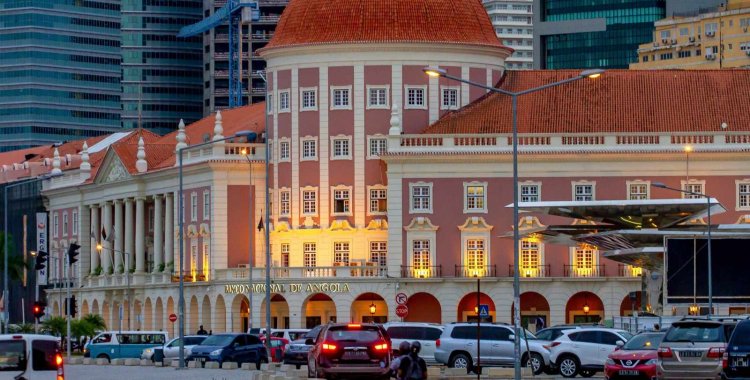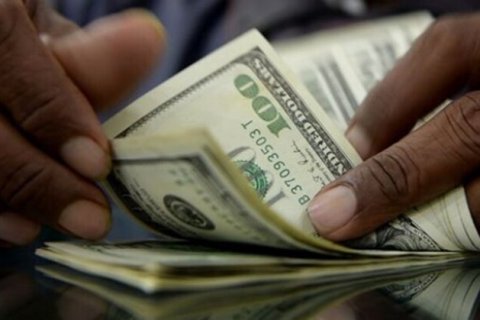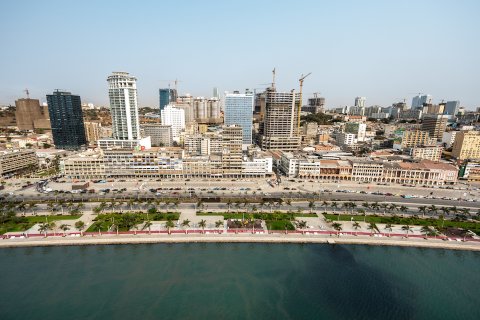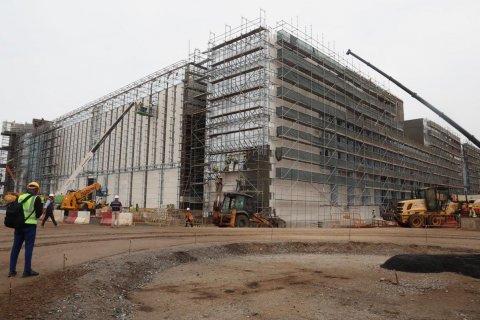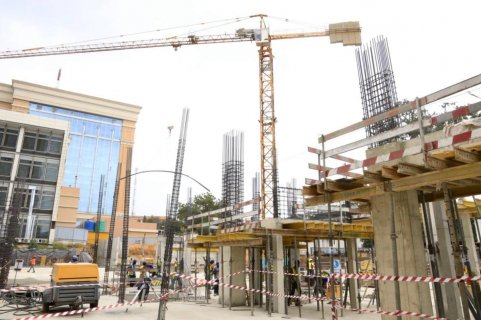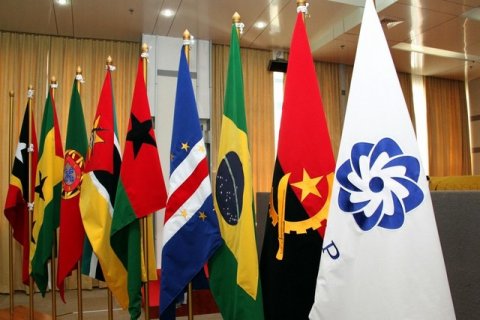“Taking into account, on the one hand, the dynamics of GDP (Gross Domestic Product) and, on the other, the information resulting from monitoring national economic activity, the National Bank of Angola estimates that economic growth at the end of the year will be around 4 percent”, said the governor of the BNA, Manuel Tiago, who was speaking today in Ndlantando, Cuanza Sul province, at the last meeting of the BNA Monetary Policy Committee for 2024.
According to national accounts released by the National Statistics Institute, Angolan GDP grew 4.3 percent in the first half of 2024, driven mainly by the positive performance of the oil (4.6 percent) and diamond sectors (33.3 percent). ), transport and storage (17.2 percent) and electricity and water (8.7 percent).
Inflation continued its downward path in October for the third consecutive month, remaining at 29.17 percent in October, compared to 29.93 percent in the previous month, a trend that should continue in the coming months.
“The prevailing conditions in the economy, marked by the availability of a greater supply of high consumption products, associated with adequate monetary conditions and relative exchange rate stability, have contributed to the slowdown in inflation”, he highlighted.
The CPM decided, however, to maintain the main policy rate (BNA rate) at 19.5 percent, the interest rate on the permanent liquidity-providing facility at 20.5 percent and the interest rate on the permanent liquidity absorption facility liquidity at 18.5 percent, despite the downward trend in inflation, maintaining that its level remains high “requiring the maintenance of a prudent monetary policy”.
Manuel Tiago highlighted that the conduct of monetary policy in 2024 “has taken place in a challenging macroeconomic context” with “irregularity in the supply of goods, gradual elimination of fuel subsidies, adjustments in the prices of communication, transport and education, as well as the persistent rise of prices for the healthcare class,” leading to the estimate that inflation at the end of the year will be around 27 percent.
The stock of credit to the economy in national currency reached 5.5 billion kwanzas in October, an increase of 2.6 percent compared to September and an accumulated variation of around 20 percent since the beginning of the year, that is, 909 billion kwanzas in absolute terms.
In the external sector, the goods account balance reached US$1.6 billion in October, representing a total of US$19.2 billion in accumulated terms, which corresponds to a relative increase of 7.4 percent, i.e. , 1.3 billion dollars compared to the same period in 2023.
The improvement in the goods account surplus compared to the previous year was due to the combined effect of the reduction in imports by 8.8% and the increase in export earnings by 0.7 percent.
The stock of international reserves in October was US$14.75 billion, corresponding to a degree of coverage of 7.84 months of imports of goods and services.
The BNA governor highlighted that the reduction in international reserves in relation to the previous month was due to the sale of 250 million dollars to the market by the National Bank of Angola, envisaging a recovery in the level of international reserves that would increase the stock to around 15 thousand million dollars at the end of the year
The next meeting of the Monetary Policy Committee will be held in Luanda on January 20th and 21st, 2025.

